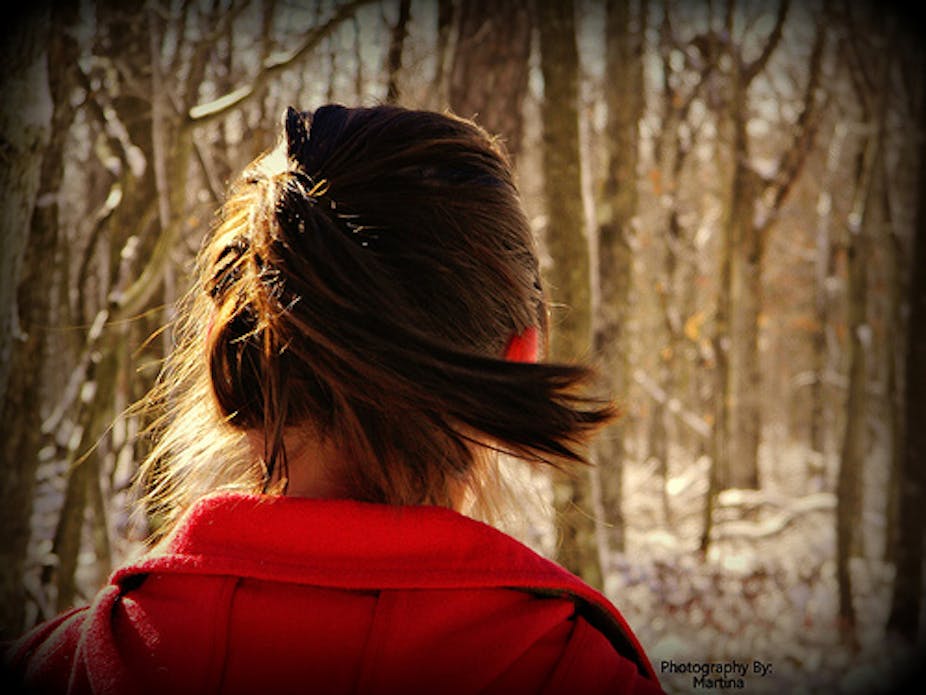Mistakes were made, warning signs ignored and a general ignorance of and, in some cases, indifference to, child sexual exploitation meant that the grooming of young girls for sex had become “widespread” and “organised” in places such as Oxford and Rochdale, a home affairs committee report has found.
Child sexual exploitation has emerged in public discourse as a new category of “crime”. A series of high-profile cases in areas such as Rochdale and Oxford have gained the public’s attention. The term child sexual exploitation fits well into public discourse and we bring to this discussion existing ideas about childhood innocence, monstrous paedophiles and incompetent professionals that can be used. This is similar to the hunt for paedophiles within Operation Yewtree.

In fact, this particular style of story can be traced to the Victorian media when William Thomas Stead exposed stories of young women being plied with drink and drugs, bought and sold for sex, with a knowing police force turning a blind eye. Then, as now, this particular coverage led to a framing of debates in which some important elements got lost from public debate.
After all, there is no agreed definition of child sexual exploitation and no specific criminal offence in that name. So although the term is now used frequently, are we actually discussing the same thing? Unpacking what is happening is perhaps the first step towards understanding.
This is child prostitution
In general terms, there are three potential elements, which can be interconnected. The first issue is transaction sex, in other words exchanging items such as clothes, alcohol, drugs or phone credit for sexual activity. This can include survival sex, where it involves a place to stay or food to eat.

When young people (and adults) engage in transaction sex, neither the victim not perpetrator may consider this exploitation at all. They believe they are getting a deal whether this is a lift into town from a taxi-driver, or the latest phone from an older, wealthier friend. This is where the issue of sexual agency emerges. If young people agree to the transaction, and they often do, many such acts are often potentially beyond the scope of the law, depending on their age.
In other words, our existing framework on consent as dividing line between legal and illegal sex acts cannot help. Perhaps if we stopped thinking of this a transaction sex and named it for what it really is, a form of child prostitution, it would be clearer to everybody.
Acknowledge the relationship and the violence
The second issue is when a young person is in an inappropriate relationship. In other words, they think they are a normal girlfriend/boyfriend but either the perpetrator or those outside the relationship see something different. Quite often, one of the pointers is the age difference between them. But here again, neither the law nor common understandings help us. A 15-year age gap might be problematic when those involved are 16 and 31, but not seen as a problem when 60 and 75.
A more important element is the level of power and control exercised by the perpetrator; this is what the exploitation depends on. We already have a good framework to think about this, it is called domestic violence. So rather than dismissing what young people see as a genuine relationship out of hand, using a domestic violence framework would acknowledge the relationship but highlight the abuse.
Focus on race muddies waters
The final area is the one currently receiving most attention, organised networks involving child sexual exploitation. It is at this stage that young people are most likely to begin to see themselves as victims, but some may still not recognise this. Again, this is not a new crime, and the links to international child trafficking should not be overlooked.
However the current media focus on ethnicity as a key factor is in danger of hiding other perpetrators. White people are in abusive networks too. Focusing on Asian gangs builds on existing Islamaphobia and the notion of child abusers as identifiable monsters rather than the person next door.
What is wrong with our communities?
All these factors focus on the perpetrators of the abuse, rather than the wider context in which these acts take place. Yet it is in this social context that perhaps we need to look for answers. Balancing the line between allowing young people to have some control over their lives and protecting them from abuse is not easy. But if transaction sex and inappropriate relationships are often the gateway to greater forms of abuse, we need to consider why they take place.
Why are the lives of some children and young people so impoverished that they feel the need to swap oral sex for a taxi ride or mobile phone? Perpetrators gain initial power over victims because they make them feel wanted, cared for, and grown up. What is so wrong in our communities that lead to young people being vulnerable to this form of abuse? We ignore this at our peril. If we really want to prevent abuse from taking place, we need to pay as much attention to the lives of all our young people as we do the hunt for those who would abuse them.

